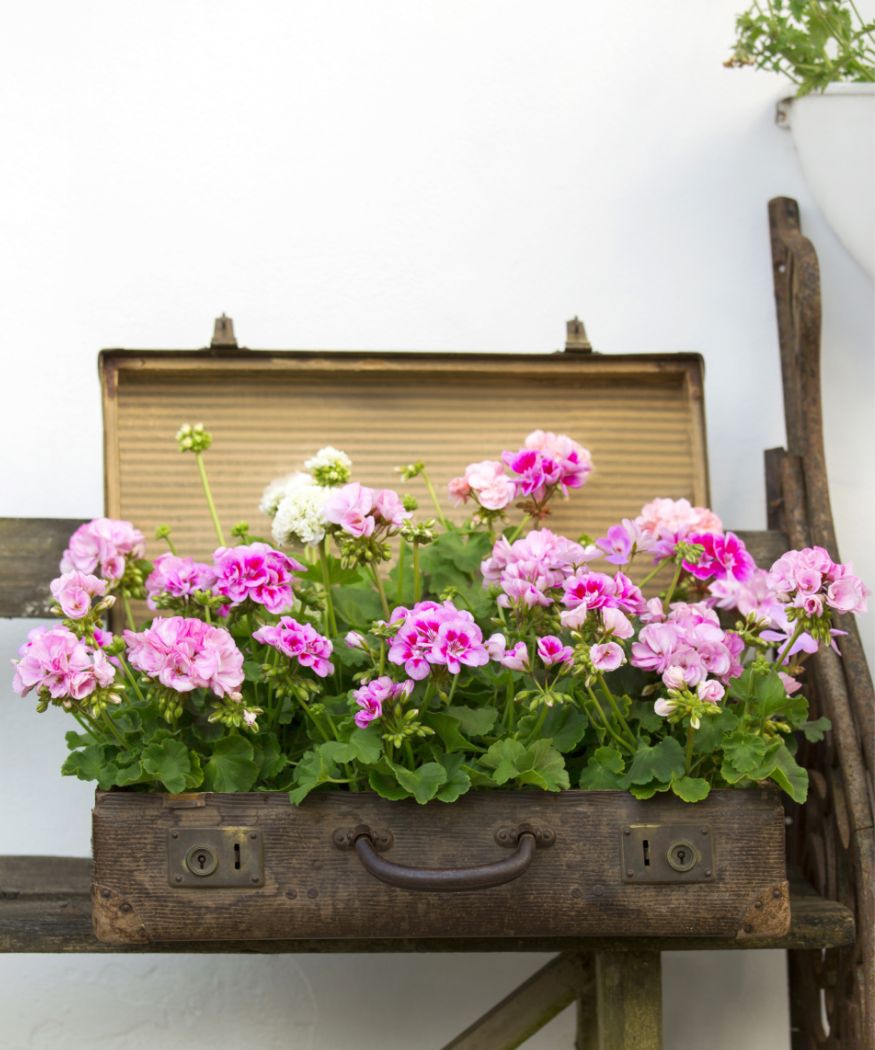A long and dangerous journey
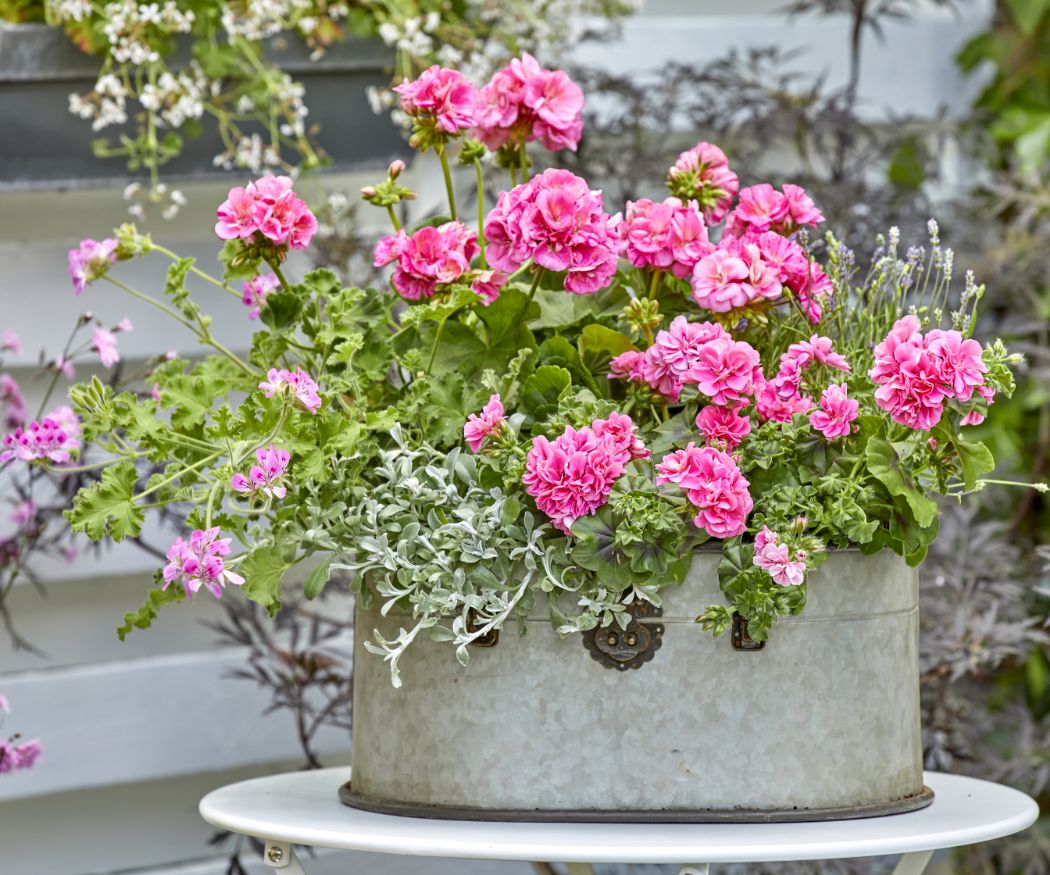
The geranium originally comes from South Africa, were it was discovered by the young botanist Paul Hermann at the foot of Table Mountain.
Hermann had to weather several storms and outbreaks of illness on board, but after several difficult and dangerous weeks he finally reached land.
Although the voyage was not quite over, the ship reached an East India Company victualling station on the South African coast.
There Hermann was able to disembark for ten days to recover briefly before continuing his journey.
Hermann discovers an unknown, particularly beautiful plant
Hermann’s attention was drawn to the geranium because it bloomed particularly colourfully and luxuriously. He was very excited about it.
He made the most of the break in his journey by exploring the South African coast and examining the vegetation around Table Mountain. He was overwhelmed by what he found – especially after the many hardships he had to go through and all the diseases that had raged on board. He discovered an impressive variety of plants, and everything was green, lush and full of colour.
One of the plants caught his eye in particular: he didn‘t know it and had never seen it before, but it was more than two metres high, flowered very colourfully and was strikingly beautiful.
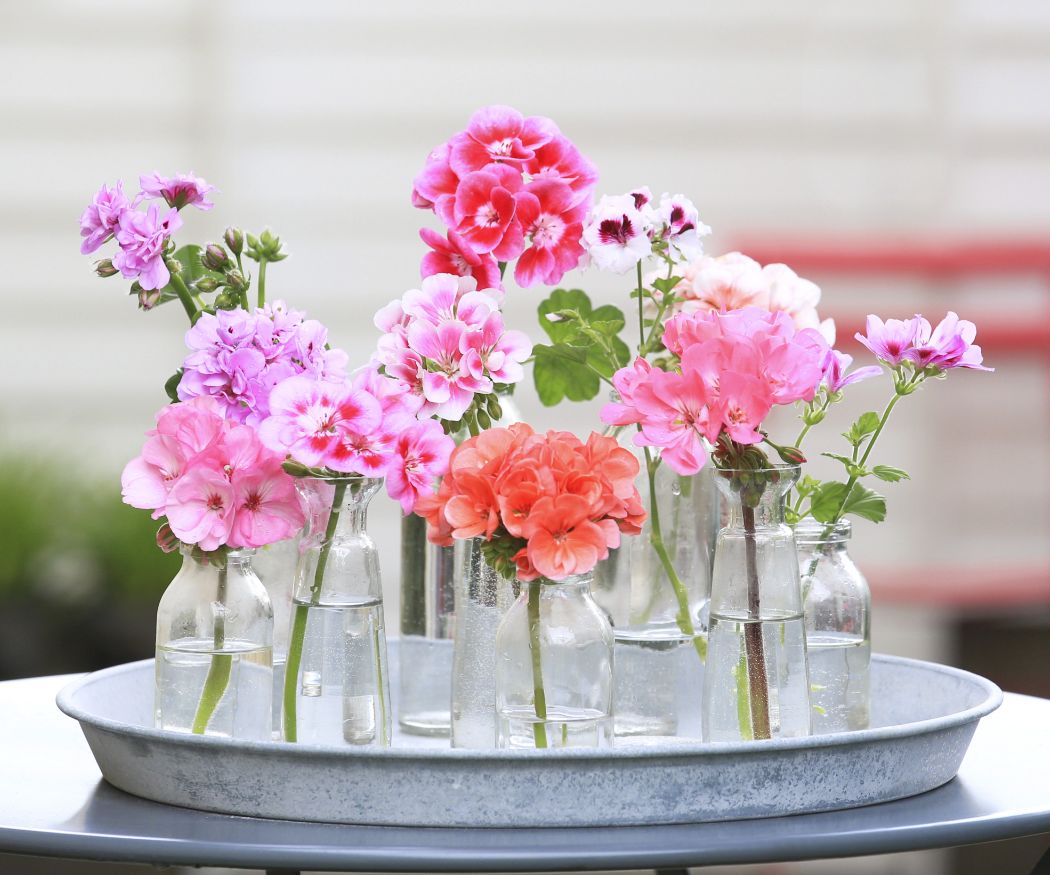
Hermann took some samples of the plant and then sent it back to the Netherlands on the next ship. Hermann himself soon travelled on to Ceylon, which today we know as Sri Lanka, and took up his duties there.
The “geranium“ becomes more popular – and the whole of Europe wants it
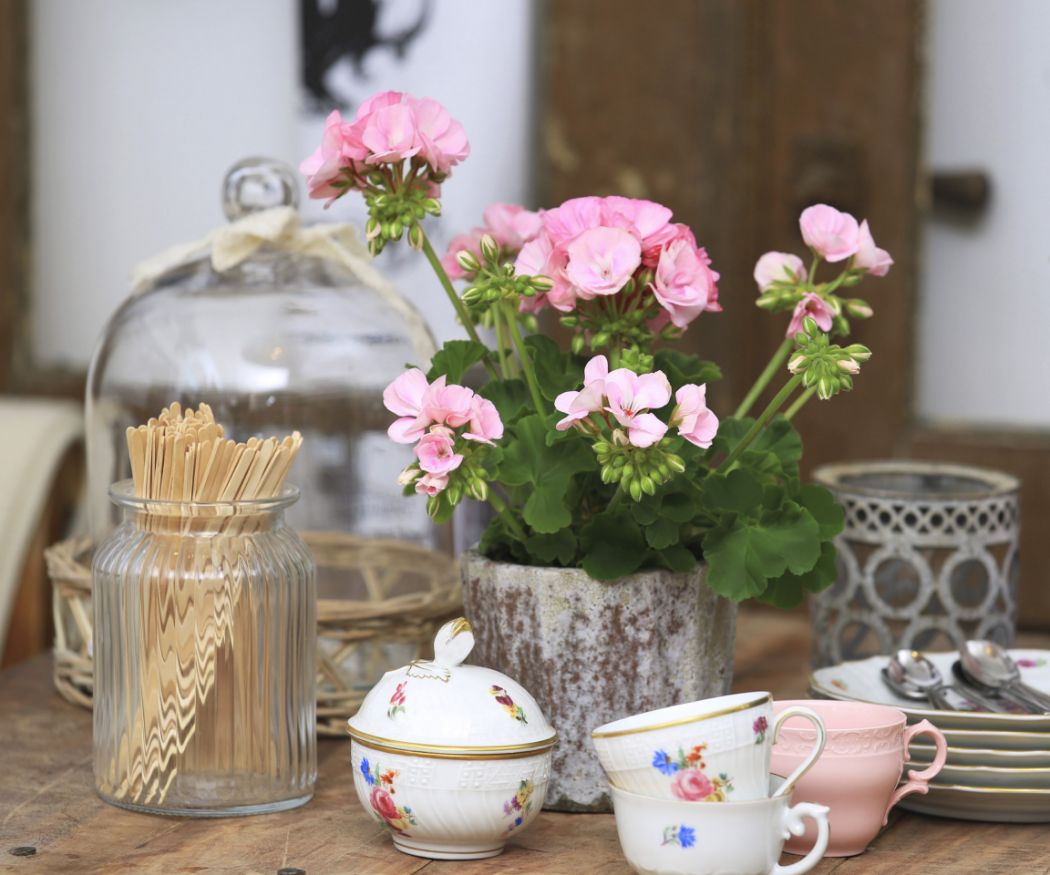
The geranium was brought to the Netherlands by ship and intensively cultivated there, as well as in the rest of Europe.
The plant was very tough. Unlike many of the other plant samples that Hermann also sent along, it survived the journey undamaged and arrived safely in the Netherlands. There it was received and examined by researchers and botanists. They thought it was a geranium because it looked very similar to the native hardy geranium perennials.
They took care of the plant and grew it, and soon it was not only to be found in Leiden; it also appeared in the botanical gardens of other cities in Holland. Of course, this did not go unnoticed: other Europeans quickly became interested in this beautiful, hardy and exotic plant.
The nobility and those in wealthy cities were particularly enthusiastic about it.
More and more sizes, shapes, colours emerge
Their interest ensured that the geranium was so sought after that it was cultivated in more shapes, sizes and colours. In 1826, there were already 352 different species of geranium in the Weimar “Hortus Belvederanus” plant almanac, and it was not only sought after as an ornamental plant; it was cultivated specially in the south of France in order to obtain a scent for perfume production.
Its popularity was not diminished when, in the course of the 18th century, it turned out that the “geranium” was not actually a geranium. Geraniums have five petals of the same size, but this variety had two larger petals at the top and three smaller petals at the bottom. Although it belonged to the same plant family, it was not a geranium. It was given the name “pelargonium”, but this name has not caught on everywhere.
Today: 400 million geraniums sold per year
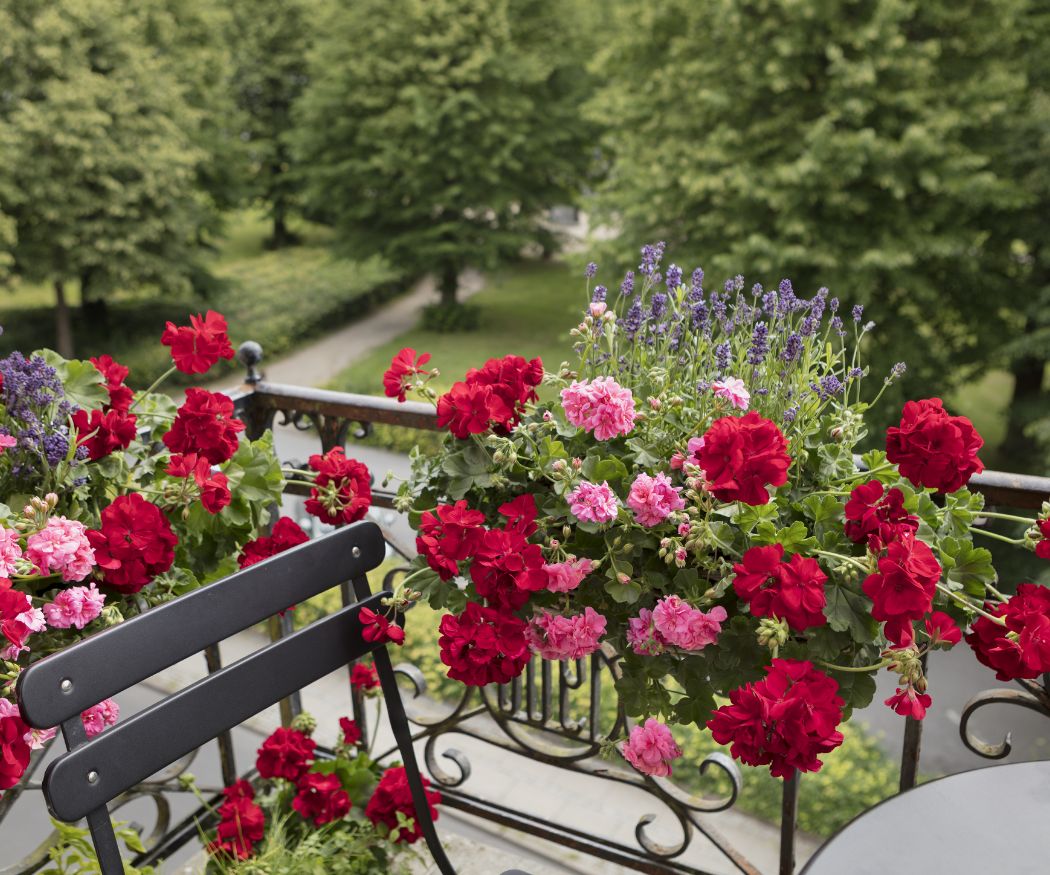
The popularity of the pelargonium continues to grow – regardless of its name. To this day, new varieties and colours are developed every year. There are currently around 17,000 differently named varieties recorded in the International Pelargonium Register, and more are still being added.
Around 400 million pelargoniums are sold in Europe every year, with 100 million of them in Germany alone – and there is no end in sight to this incredible success story. Young Paul Hermann would probably have never dreamed that the plant would become quite this successful.
 English
English Dansk
Dansk Deutsch
Deutsch English
English Español
Español Français
Français Hrvatski
Hrvatski Italiano
Italiano Magyar
Magyar Nederlands
Nederlands Norsk
Norsk Polski
Polski Română
Română Slovenský
Slovenský Slovenščina
Slovenščina Suomalainen
Suomalainen Svenska
Svenska Česky
Česky Ελληνική
Ελληνική Български
Български